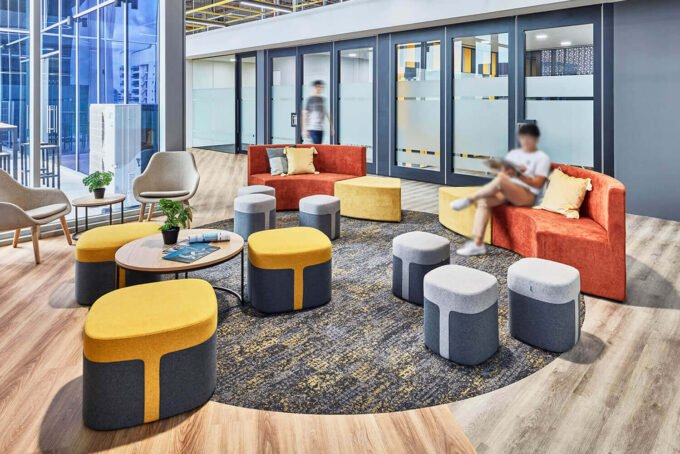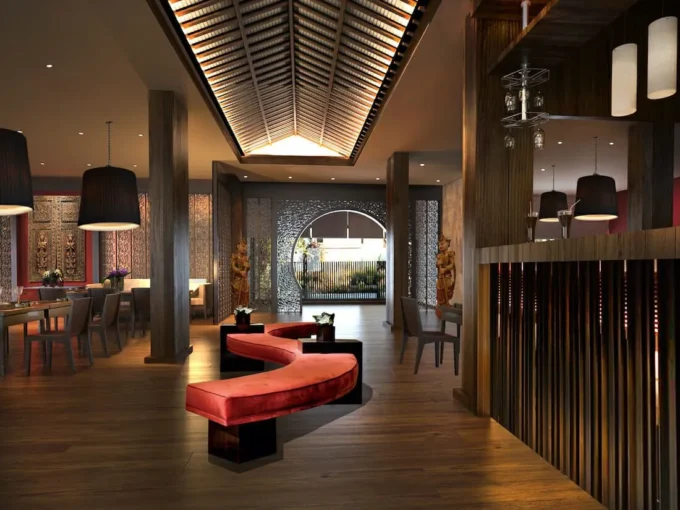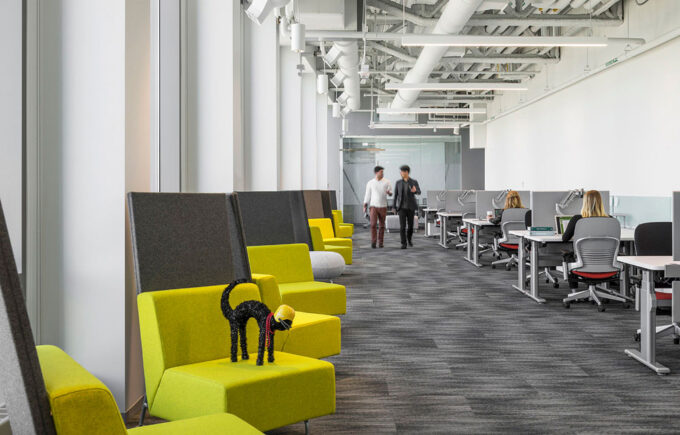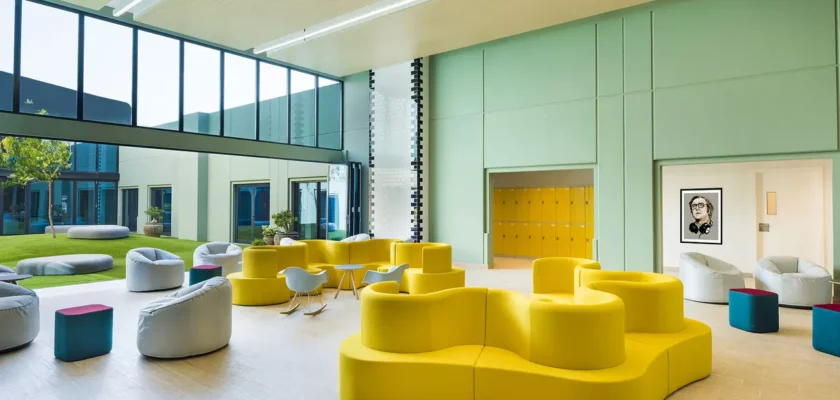Creating a workspace that’s both functional and aesthetically pleasing is a task that requires careful consideration and creativity. In today’s fast-paced world, the design of a commercial space can significantly impact productivity, employee satisfaction, and client perception. This blog post delves into key strategies for achieving a successful commercial interior design project. We’ll explore how to balance practicality with style, ensuring your workspace is not just a place of work, but a vibrant and motivating environment.
Understanding Your Space and Needs

Source: comfortfurniture.com.sg
Assessing the Layout
Before diving into the aesthetics, it’s crucial to understand the physical layout of your workspace. Consider the size and shape of the area, natural light sources, and any architectural features that could influence your design choices. This understanding will form the backbone of your design project, guiding decisions on furniture placement, color schemes, and lighting.
Identifying Functional Requirements
Each workspace has unique functional needs. Identify the primary activities that will take place in the space. Will it be used for collaborative projects, individual work, client meetings, or a combination of these? Understanding these requirements is key to creating a design that not only looks good but also enhances productivity and workflow efficiency.
Choosing the Right Style and Color Scheme

Source: decorilla.com
Selecting a Design Theme
The theme of your commercial interior should reflect your company’s brand and culture. Whether you’re going for a modern, minimalist look or a more traditional, cozy feel, your chosen style should resonate with your brand’s identity. This helps in creating a space that’s not only visually appealing but also an extension of your brand values. Integrating commercial interior installations that align with this theme can further amplify your brand’s message, creating a cohesive and impactful environment.
Picking Colors and Textures
Colors and textures play a vital role in setting the mood and atmosphere of a workspace. While choosing a color palette, consider the psychological impact of colors on mood and productivity. Textures, on the other hand, add depth and character to your space. Combining different materials and finishes can create a dynamic and stimulating environment.
Incorporating Functionality and Flexibility

Source: delightoffice.com
Designing for Productivity
Designing for productivity in a workspace is a strategic blend of ergonomics, aesthetics, and functionality. It starts with selecting furniture that supports comfort and efficiency, ensuring employees can work without physical strain. The layout is crucial; it should facilitate smooth movement and easy interaction, promoting both collaborative and focused work. Lighting plays a significant role, with natural light being preferred for its ability to boost mood and concentration. Incorporating elements of nature, like plants, can enhance well-being and productivity.
Embracing Flexible Design
In today’s ever-changing business landscape, flexibility is key. Design your space to be adaptable – modular furniture, movable partitions, and multi-purpose areas can accommodate various activities and team sizes. This adaptability ensures that your workspace remains relevant and functional, regardless of how your business evolves.
Conclusion
In conclusion, a successful commercial interior design project is a blend of aesthetics, functionality, and flexibility. By understanding your space, selecting the right style, and focusing on productivity and adaptability, you can create a workspace that’s not just a place to work, but a place where creativity and efficiency thrive.

